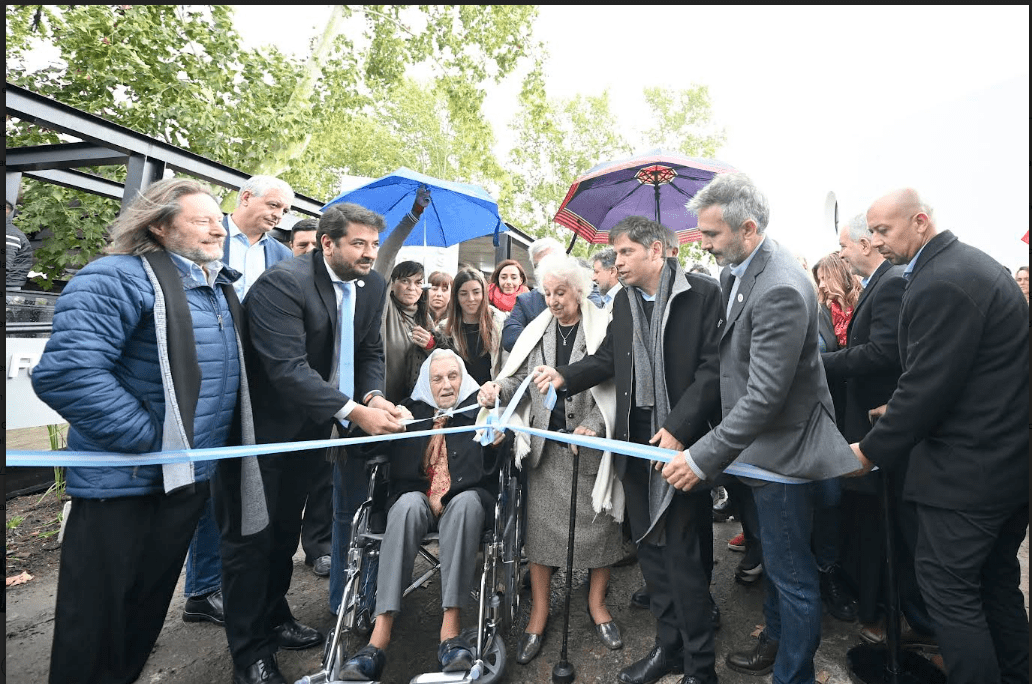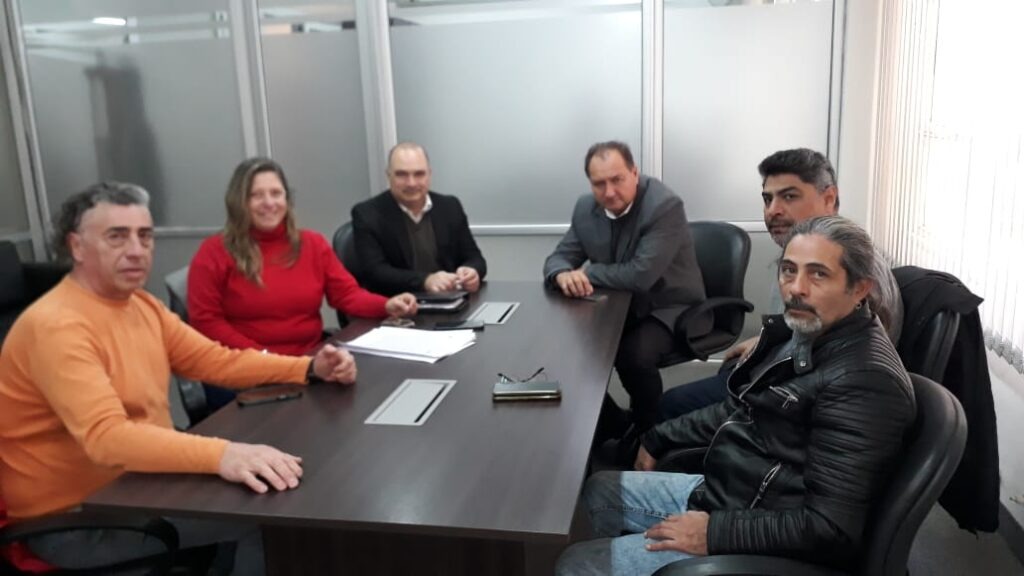He was accompanied by the Minister of Justice and Human Rights, Juan Martin Mena; the local mayor, Julio Alaque; Undersecretary for Human Rights Matías Moreno; The head of the Grandmothers of Plaza de Mayo, Estela de Carlotto; and Plaza de Mayo's mother, Herenia Sánchez de Viamonte.
In this context, Kiselov highlighted that “this memory space requires very important archaeological work, as a large part of this former secret detention center was demolished to hide the crimes that were committed there.” He added: “The idea of the perpetrators of genocide was to kill and hide the remains: there was a code of silence to hide evidence and history as well.”
The work included corridors and roofs, and was carried out with the aim of preserving the remains of the structures that were recovered through archaeological excavations carried out by the Argentine Forensic Anthropology Team (EAAF). Care was also taken to preserve the trees adjacent to the property, as they are part of the landscape that the survivors recognized.
“In this difficult time that our country is going through, this inauguration has even greater value: it demonstrates that the works also aim to build spaces for teaching and history,” the governor said, stressing: “We are here to provide answers, show results and fulfill our popular mandate: while denial prevails.” At the national level, memory in the province of Buenos Aires persists and thrives.
In this sense, Mina announced: “This morning I signed a decision stipulating the mandatory inclusion in the curriculum, for all candidates for Buenos Aires prisons, of visitation and training in this space of memory, because there cannot be any member in this space of memory.” “The power that does not know the crimes committed.”
The inauguration was carried out in accordance with Regional Law No. 13584, which stipulates that the sites that served as CCD during the last dictatorship must be preserved. “La Cacha” operated from the last months of 1976 until the end of 1978, within the premises of the Lisandro Olmos prison complex. More than 250 people were illegally detained there.
“We are going through difficult times in our country, however, we have the strength to know that all Argentines must be united: we will continue the struggle until truth, memory and justice become a reality,” Estela de Carlotto said.
For his part, Al-Alaq explained: “This inauguration is not an isolated event, but rather the result of a policy of promotion and training on the importance of these historical sites, which are already part of the restoration and memory of our city.”
The meeting was attended by Chief Advisor to the Governor Cristina Alvarez Rodriguez. Security Minister Javier Alonso; Florencia Santot, President of the Cultural Institute; The head of the prison service in Buenos Aires, Xavier Areces; Director of Memory Sites and Spaces at the Undersecretary for Human Rights, Lorena Batisteol; Human rights leaders and authorities Remo Carlotto, Miguel Carlotto and Horacio Pietragala; Former judge Carlos Rozanski, survivors and relatives of people arrested in La Cacha.





